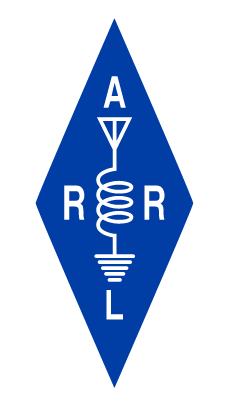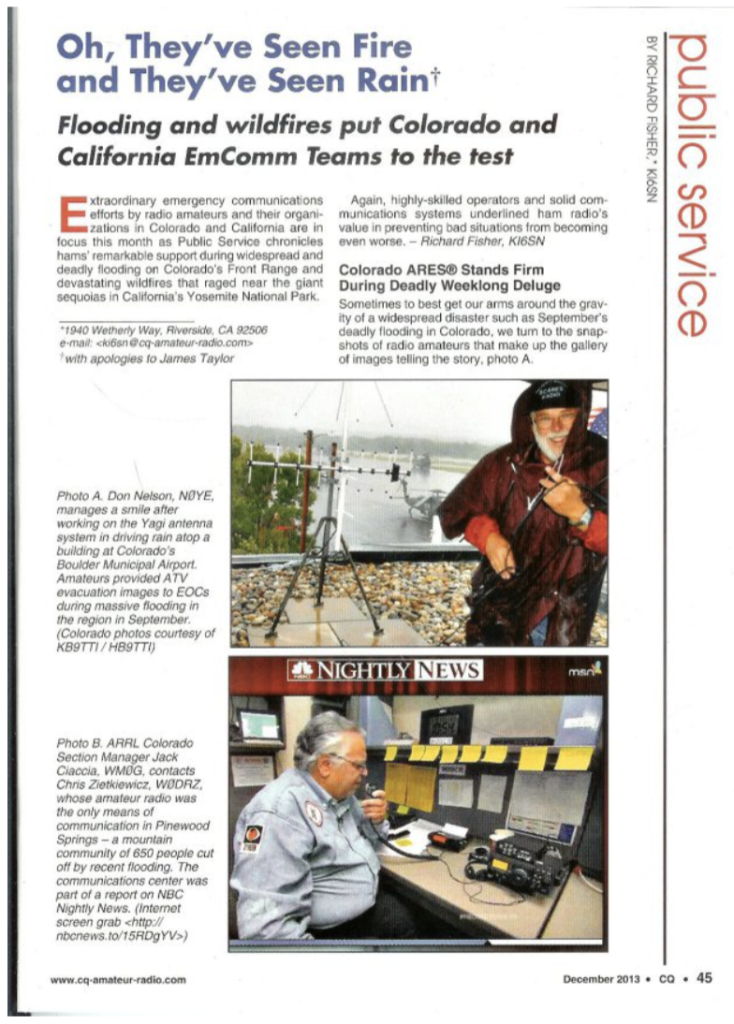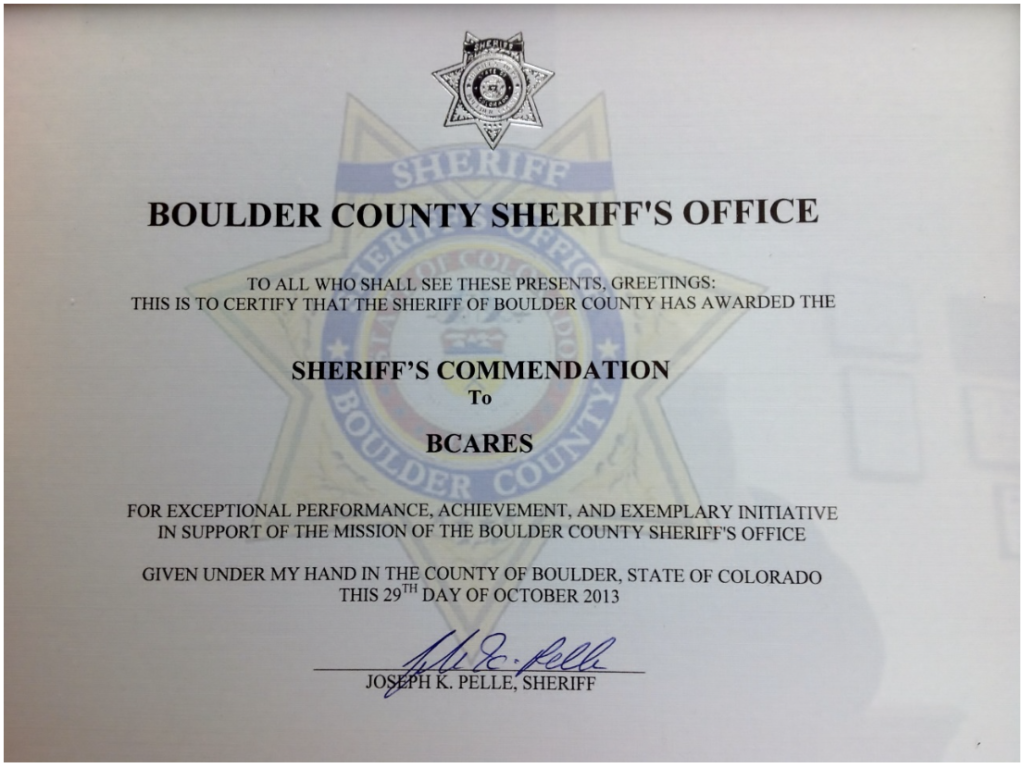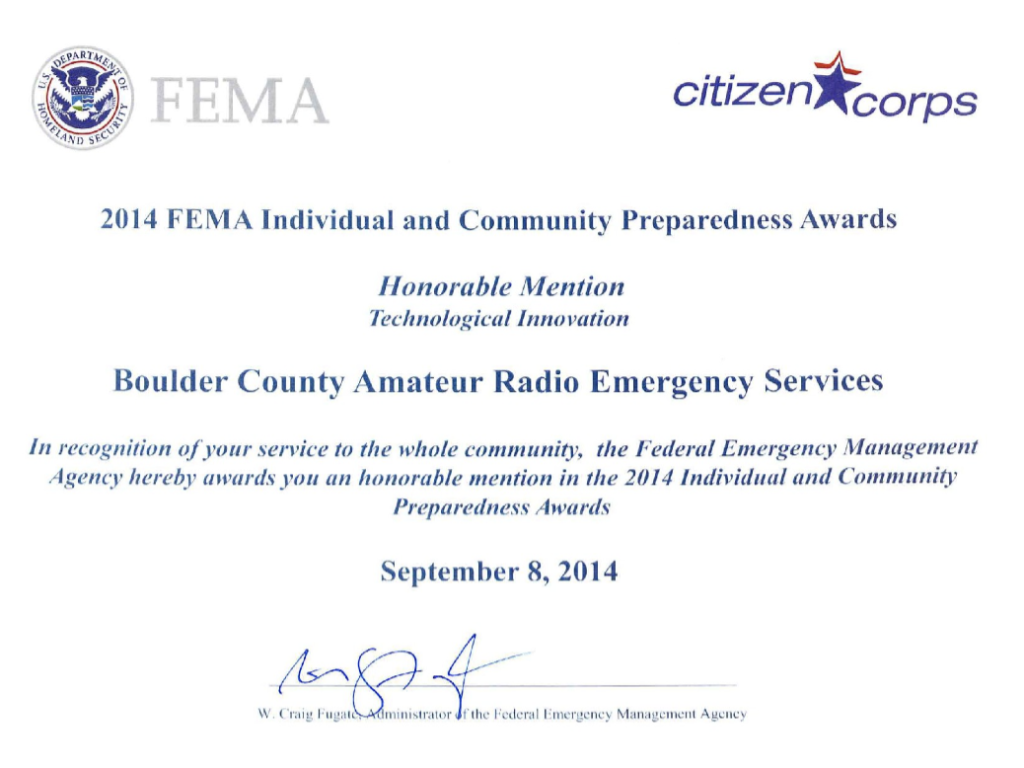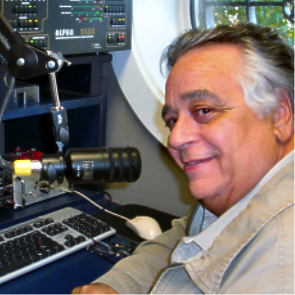 By Jack Ciaccia, WMØG
By Jack Ciaccia, WMØG
ARRL New England Division Assistant Director
Emergency Communications & Public Service
I was recently appointed by Fred, AB1OC, to help the many amateur radio EmComm organizations in New England. My charter includes ARES, traffic handling, SKYWARN, RACES, and Public Service organizations. The plan is to:
- Encourage participation in EmComm & Public Service activities
- Encourage the development and sharing of Training Programs
- Encourage developing and sharing resource contact information, training data, and
preparedness exercise information. - Provide for publicizing these programs across the division and the ARRL.
First, some credentials: I am a New Englander, born in Rhode Island, and educated in RI and England. I’m a Vietnam-era Air Force veteran. After the Air Force, Sanders Associates hired me as an Electronic Countermeasures technical representative. Later, I worked for GTE/Sylvania, where we developed the first bar code reading systems. We lived in Nashua, New Hampshire before I made a career move and relocated my family to Colorado in 1983. I worked in the electronics industry as a sales and marketing executive for major electronics manufacturers and as the General Manager of a worldwide electronics distributor. Later, I started my business as president and owner of a custom power supply design and manufacturing company and later as a manufacturers representative for many well-known electronic companies. I retired in 2018. We decided to move back to Nashua in 2020.
I’m an Extra-Class ham with w/20 wpm code, and I’ve been a ham since I was a teenager in 1957 when I got my original Novice call sign, KN1IVY. I have emergency communications experience from my previous ARES and ARRL positions in Colorado. I was president of the Boulder Amateur Radio Club for ten years. I was Emergency Coordinator for Boulder County ARES for over ten years and a member of that organization for thirty-five years. I was appointed Assistant Section Manager for two years and then Colorado Section Manager for nine years. As the EC and as SM, during that time, I coordinated and participated in over twenty-five major wildfire events and the 2013 flood that paralyzed the Front Range of the Rockies. So, like James Taylor sang, “I’ve Seen Fire, and I’ve Seen Rain.”
I also helped create three new laws in the State of Colorado along with my SEC/SGL and Colorado state legislators from both sides. On behalf of Colorado hams, the State adopted PRB-1 as a rule for ham radio antenna ordinances to the cities and counties. Another was an amendment to a proposed law to exempt rural ham radio towers from being painted red and white according to a new FAA regulation on behalf of crop dusting aircraft that was meant for the temporary gas and oil exploration towers—and we got another amendment exempting ham radio operators from the law prohibiting the use of handheld devices in moving vehicles.
We also created Colorado Auxcomm, which gave our ARES leaders positions within the Colorado Division of Public Safety and the Colorado Department of Homeland Security. Within the law, there’s a provision for any participating Auxcomm or ARES members to be covered under Colorado State workman’s compensation for any injury incurred during any emergency- related event, including training exercises. That law also protects those hams from liability and torts in the event of any accident they might be responsible for during an emergency or practice.
Here is something I wrote a few years ago concerning the future of ARES:
ARES, as we know it, is changing dynamically and will continue to do so in the coming years. Our served agencies will continue to define our organization, mission, and purpose, and our future will depend on our mission capabilities and operators’ training, qualifications, and credentials.
It used to be that all you had to do in an emergency was to be a Good Samaritan ham radio operator with a handi-talkie on your belt, show up at the EOC and get assigned to assist with some communication needs – pretty simple. And they usually did a good job! Why was that? Because our served agencies had radios and a communications system that typically needed more flexibility and interoperability to communicate in multi-agency or multi-location events.
What changed? The first big answer to that is that 9/11 happened. Ham radio played a huge role in maintaining communication in a nightmarish interoperability scenario when the typical telephone and land mobile system infrastructure was either gone or overloaded. Federal, State, and local agencies said radio interoperability issues and land-based communication systems constructed on vast and complex communications infrastructures for our first responders would have to change, which made the guys with the “bat-wings” smile a lot. These new systems would create a need for more modern communications devices, creating more “bat-wing” smiles. What else happened? Hurricane Katrina happened – same issues as with 9/11. Then the Haiti earthquake occurred – more of the same problems, but even worse, complicated by the lack of a structured communication system.
So, what happened? In both cases, ham radio was integral in getting some communications up and running when the existing infrastructure was gone or overloaded. The onslaught of multiple agencies arrived at these disasters with interoperability issues, further exasperating the glaring weaknesses of the old or non-existent communication systems.
The Government poured a massive amount of $$$ into the problem. The $$$ went to DHS, FEMA, State EOCs, and others. Eventually, some of this $$$ even found its way to local ARES groups in a splendid example of the “trickle down” theory. But now that those ARES groups accepted the Federal or State $$$, Guess what? The agencies where the $$$ came from have defined the new rules that those ARES groups will play under from here on out.
How does that affect ARES? More reliable communication systems are available today to our served agencies. With just a handi-talkie on his belt, that Good Samaritan ham is now useless to them. The EOCs and the OEMs want and expect radio operators trained and credentialed. The modern ARES ham will have ICS and NIMS certifications, provide valued skills, possess modern radio equipment, and have accessibility to modes and frequencies that our served agencies cannot access.
The new requirements will cause a paradigm shift in how ARES members train and respond. Do you remember the large VHF /UHF repeater groups that provided Autopatch capability to hams? And do you remember what happened to their membership numbers once the cell phone became omnipresent? The ARES groups that adapt and conform to these changes will survive and thrive. The others that refuse to change may go the way of the Dodo Bird.
In a Related Issue:
Attention PIOs: ARES needs good press. What’s so crucial about Public Relations? It gives us CPR – Community Recognition, Protection, and Recruitment. When we do something good, or people we’re associated with are doing something good, we like to have it recognized. One of the reasons amateur radio exists is to provide service to the public. A positive perception of amateur radio translates into allies and helps build support for us among neighbors, educators, corporate leaders, and government officials.
